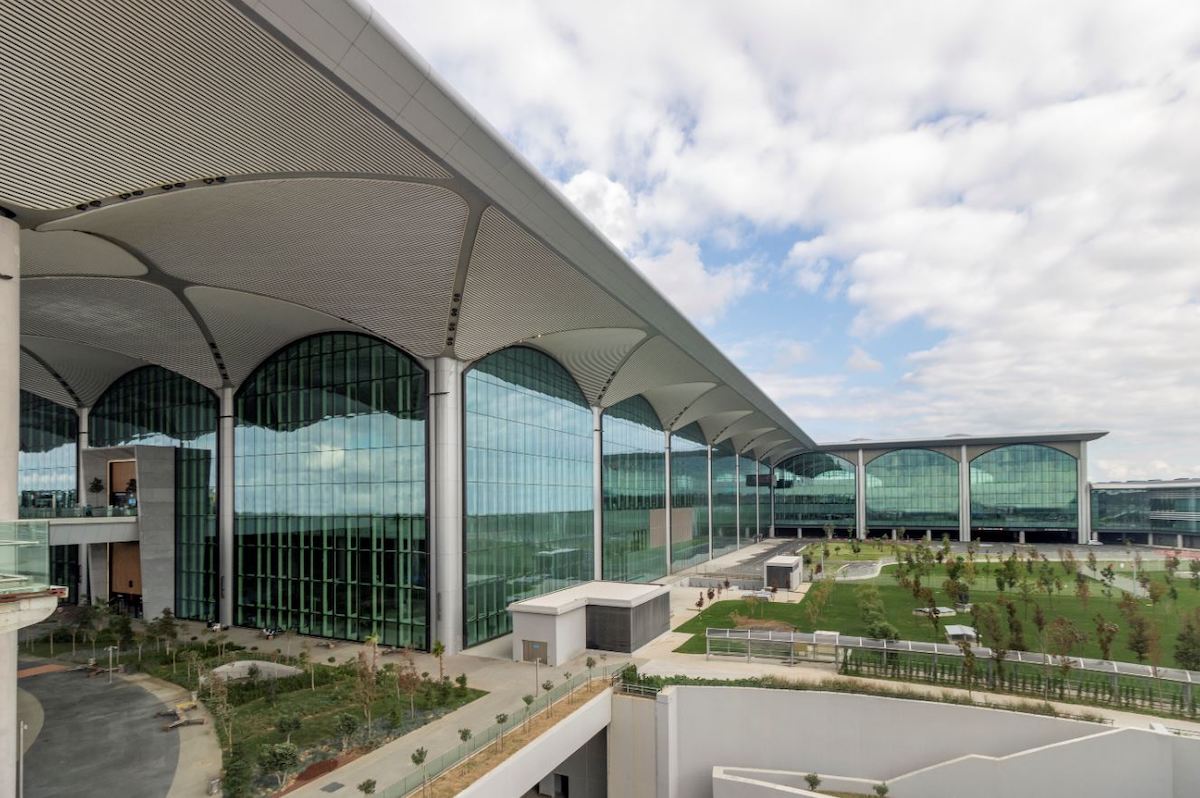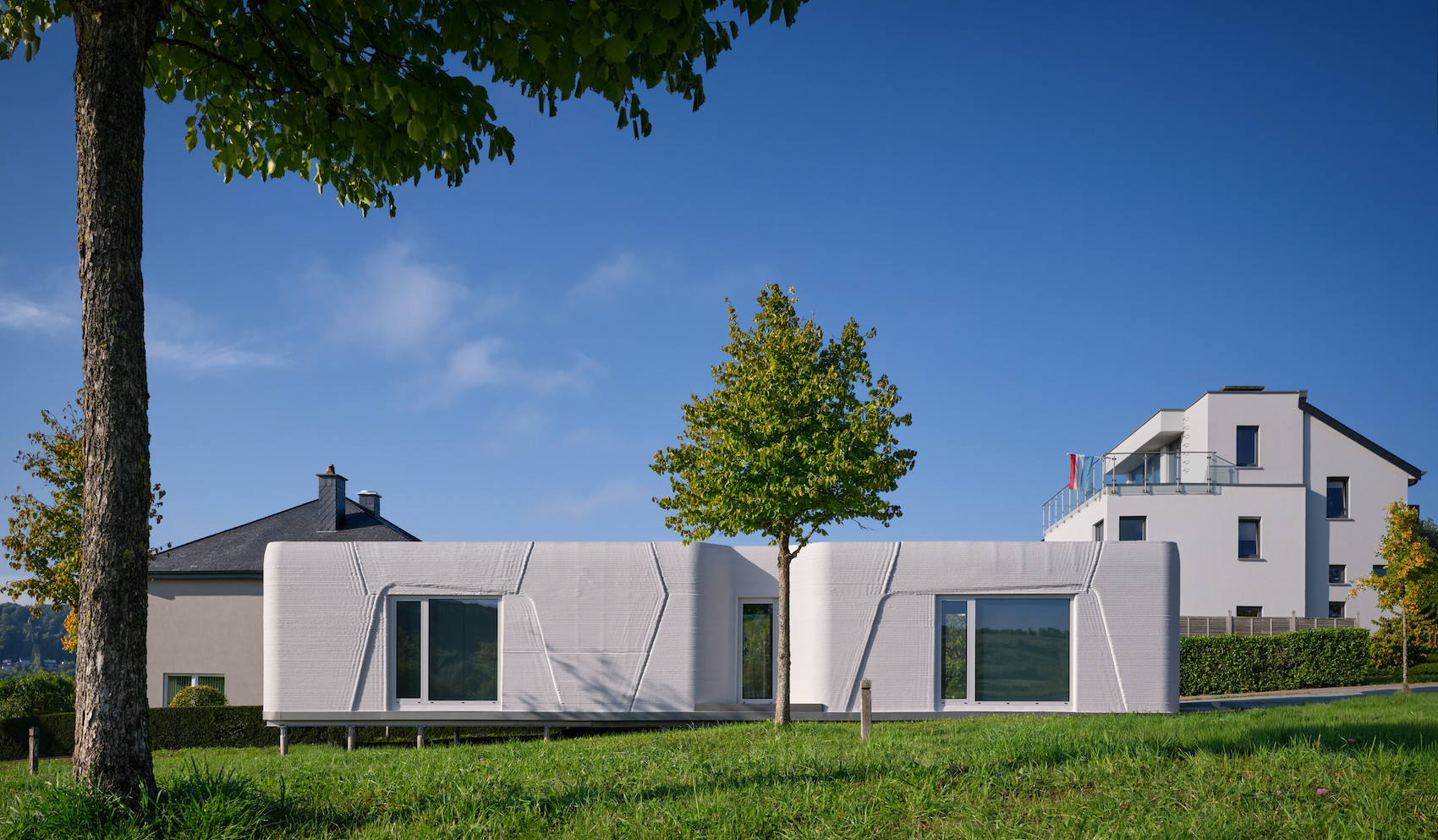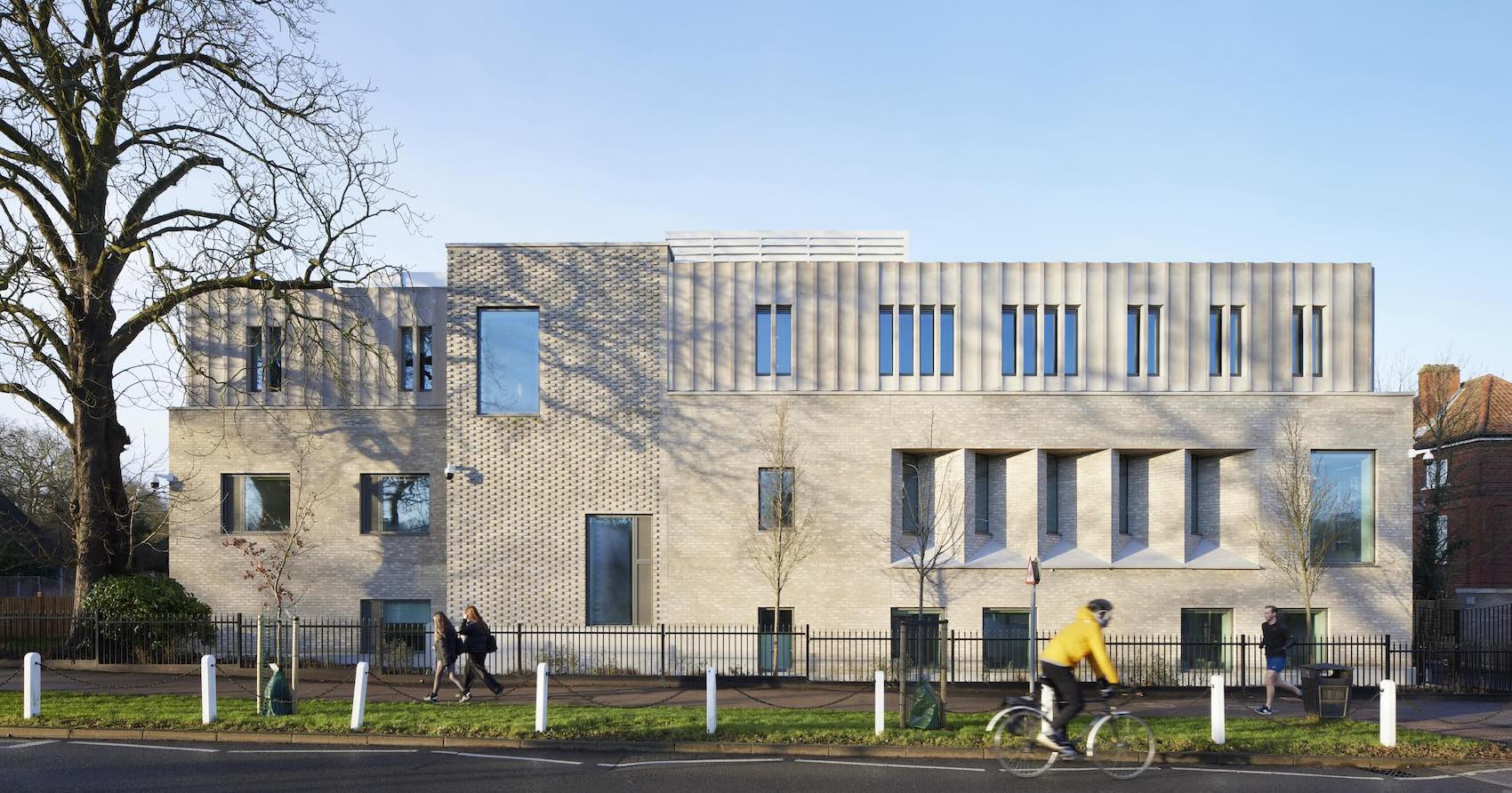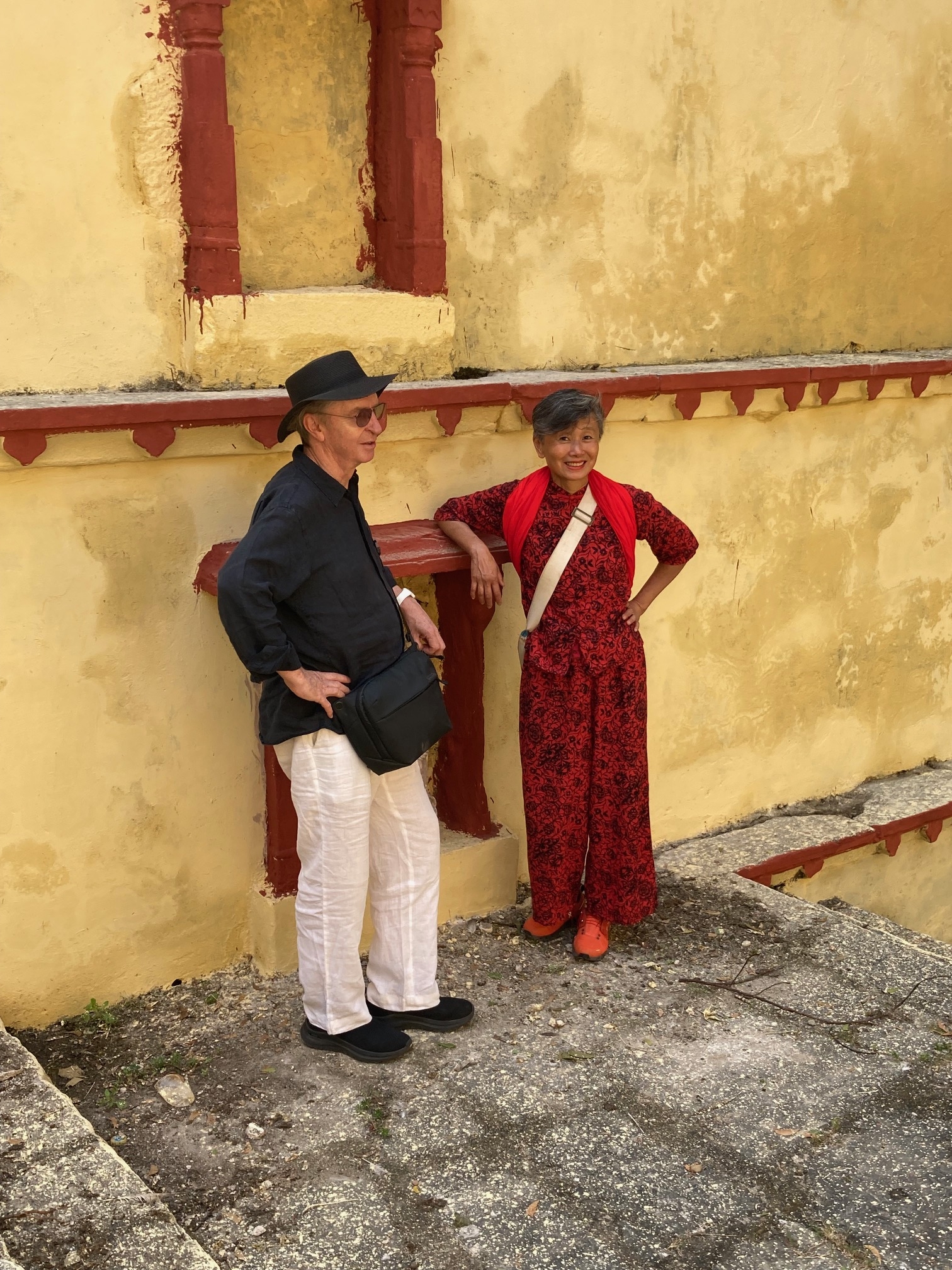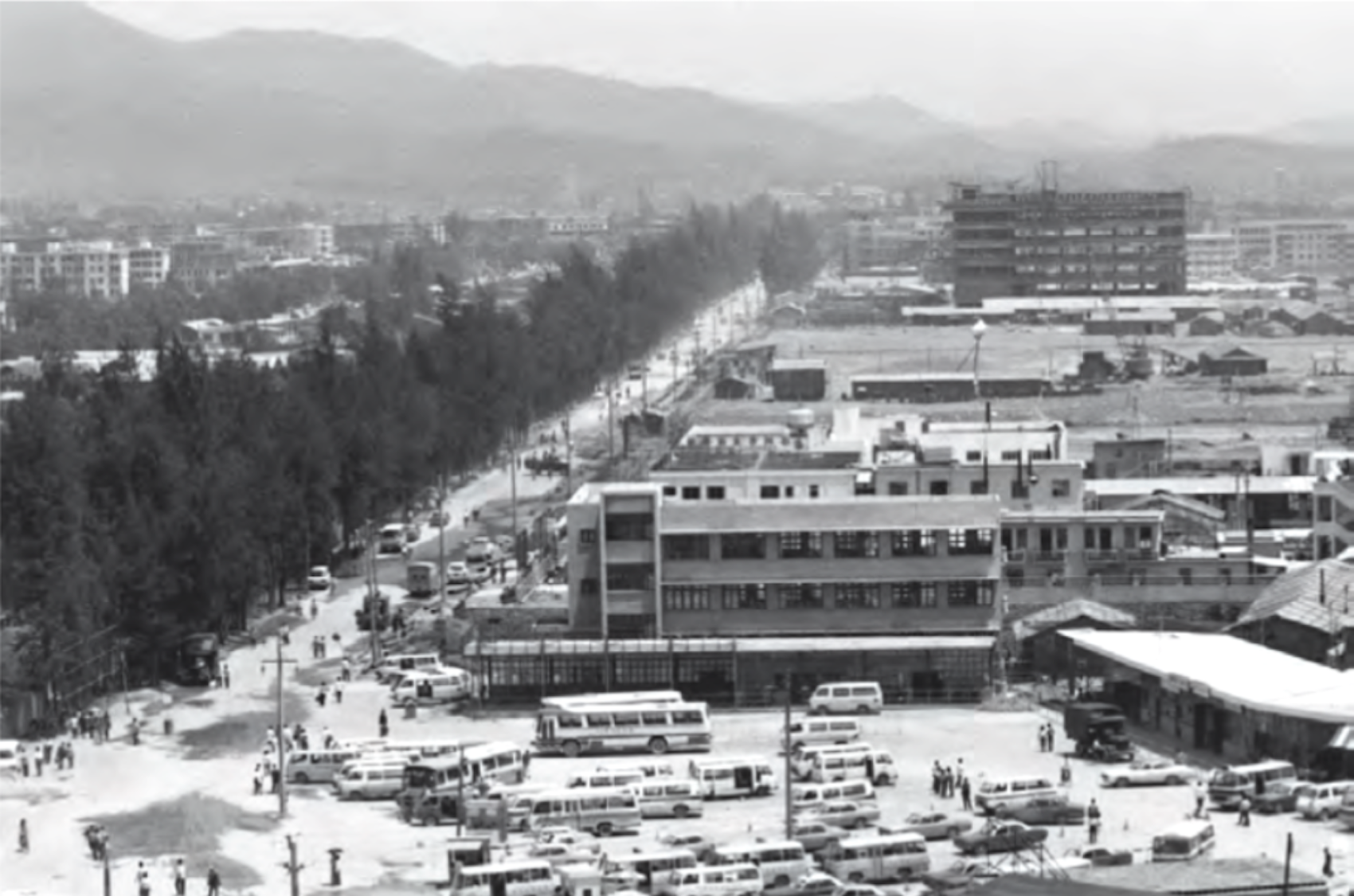Emmanuel Petit reflects on the life and impact of the late Japanese architect, Arata Isozaki.
Team Disney Building, Orlando, Florida. (Credit: Xinai Liang)
Arata Isozaki, born July 23rd, 1931, passed away at the age of 91 on December 28th, 2022.
Since he set up office, Isozaki & Associates, in 1963, Isozaki authored of some of the most daring and idiosyncratic buildings to international acclaim, including Oita Medical Hall (1959-1960), the Kitakyushu central Library in Fukuoka (1973-74), the Civic Centre in Tsukuba town (1978-83), the Museum of Contemporary Art in Los Angeles, the National Convention Centre in Qatar (2008-11), and the Himalayas Centre in Shanghai (2011-14). These are projects that rank amongst those few outstanding projects that marked their era by defining the architectural zeitgeist at a particular moment in time — akin to brutalism in the 1960s, postmodernism in the late 1970s and ‘80s, and organic high-tech in the 1990s and 2000s.
Isozaki’s architectural language can be traced back to his youth. As a young teenager, he observed the atrocities of World War II while Japanese cities registered the denouement of an historical epoch of his country. From this moment on, some of the confident and progressivist presumptions of modernity revealed themselves to him as one-sided and naive.

Los Angeles Museum of Contemporary Art. (Credit: Yasuhiro Ishimoto)
Initially a student of Kenzo Tange and close to the Metabolist group in Japan, he grew increasingly critical of their provocative and future-oriented projects. Isozaki understood that the sixties and seventies were not decades for uniform and universal solutions, but instead, were the era of playfulness and experimentation. He thus became part of the third generation modernists, for whom the positivist certainties of early century artistic culture had to be put to doubt in view of a sense of freedom and nonchalance.
As a result, Isozaki’s buildings share a strong sense of plasticity in the service of particular cultural narratives; aesthetically, they are one-offs, products of a creative mind who has been able to drop the shackles of cultural prohibition.
Indeed, Isozaki was an architect with a decidedly international orientation. He cultivated an interest in the cultural dialogue between “East” and “West“, as well as the mixture of cultural paradigms that subsequently emerged. As much as the Western “international style” — with its roots in the American dissemination of European socialist architecture — had imposed its themes on Japan, it also found itself drawing on Japanese culture. Isozaki picked up on this global turn by concocting an aesthetic response based on diversity, heterogeneity, and contradiction. At times, his buildings openly parodied the clash of cultures and were ironic: at Tsukuba, he fabricated a whole mise-en-scène of different styles, a cadavre exquis of languages — from Ledoux to Michelangelo, from Giulio Romano to Carlo Scarpa, and from Kenzo Tange to Archigram. In the 1970s and ‘80s, he seemed to be a Japanese equivalent of the Austrian Hans Hollein, his buildings able veer into witty and humorous parodies of the past they played on.

Tsukaba Civic Center Building. (Credit: Yasuhiro Ishimoto)
Isozaki derived one of his favorite analogies in architecture from the sphere of biological organicism. The Metabolist theme of organic growth became a recurring topic throughout his texts and projects, however, in his opposition to the Metabolists’ positivist approach towards the future, he added thematic notions of “life-cycle” and “decay.” He viewed all things physical as ephemeral; hence, the fate of any utopia was to be fatally overthrown. It is this transitional outlook, which, in his eyes, makes aesthetic phenomena singular and unique, with them able to acquire life from their heterogeneity and multiplicity.
The aesthetic manifestation of this outlook can be seen in Isozaki’s romantic penchant for ruins and fragments. As such, in 1968, he contributed an installation titled Electric Labyrinth for the 14th Milan Triennale, and composed a collage, Incubation Process,to suggest that the concept of utopia could only survive in a condition of wreckage. Both pieces illustrate the paradoxical, double-faced aesthetic of the perfection of form and its decline. Decades later, in the 1990s, the focus on organic form became more self-assured and monumental without, however, losing the delicate and at times fragile qualities to his work.

Oita Prefectural Library. (Credit: Yasuhiro Ishimoto)
Isozaki was an architect with an impressive aesthetic range, being a virtuoso of architectural form and a cultural ambassador for his home country, Japan. The recipient of the RIBA Gold Medal in 1986, the Venice Architecture Biennale Golden Lion Award in 1996, and the Pritzker Prize in 2019, Isozaki was one of the few greats, whose names have come to determine the character of architecture in the second half of the twentieth century.
Emmanuel Petit is a practising architect, educator and author. He is the author of Irony, Or, The Self-Critical Opacity of Postmodern Architecture (Yale Press, 2013), editor of Philip Johnson: The Constancy of Change (Yale Press, 2009), of Stanley Tigerman’s Writings on An American Architectural Condition (Yale Press, 2011), and of Reckoning With Colin Rowe (Routledge, 2013). He is Principal of Jean Petit Architectes in Luxembourg City.









